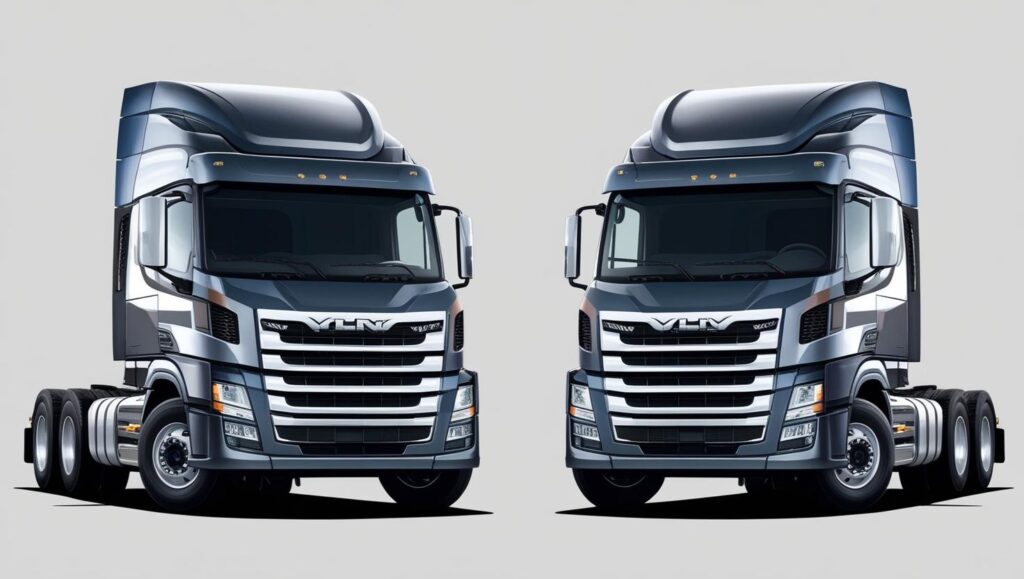Many sizeable government organizations and governmental agencies, in part due to the complexity of their business processes, are stuck with outdated IT systems. This hinders flexible operations and innovation. You also encounter this phenomenon in large insurance companies or complex logistics and operations companies. Functionality and primary applications are closely intertwined, making large-scale modernization risky. But what if this fear is unfounded? After all, there are several ways to preserve both functionality and intelligence and transfer them securely into a modern IT environment.
Several governmental agencies have been in the news frequently lately about having to deal with a severely outdated IT environment. Maintaining these systems not only costs a lot of money, but – perhaps more importantly – makes it impossible to carry out new assignments. Assignments that are politically desirable. The Dutch newspaper NRC revealed earlier this year that in 2022 the Tax Administration spent 849 million euros on ICT. Much of this went on maintenance and repair of the often outdated computer systems. It is no secret that a number of core systems still date back to the 1970s and 1980s.
Secretary of State Van Rij recognizes this situation and recently informed the House of Representatives in more detail. By constantly setting new priorities – according to the wishes of the House of Representatives – the modernization of the IT environment shifted in time. And allowed the obsolete IT landscape to emerge. Now, in principle, there is no more room for major policy changes. Of course, this is not the message we want to hear, because the government needs to be able to steer in certain directions, and imposing taxes or paying allowances is an important tool in this.
Outdated IT stands in the way of flexible action and optimization
It is not only governmental organizations, but we also see, for example, insurance companies or pension companies having to deal with outdated IT landscapes that stand in the way of innovation and flexible action. And what about large logistics hubs, such as (air) ports or complex enterprises that are the result of many mergers and acquisitions. It should also be noted that pension companies, for example, are getting the pinch now that they are expected to adapt their IT environment accordingly because of the approaching new Pension Act. This calls for far-reaching digitization, automation and flexibilization of existing systems. This is how to respond to these major changes and ensure that systems effectively support business processes.
Let’s look at the situation from a distance and determine what the core issue is. Then four elements stand out:
- The legacy systems that cause the problems drive processes that are genuinely business-critical. They are essential to business operations; you can’t do without them. It is understandable that organizations are reluctant to change these, even though they are necessary to continue developing and innovating business operations.
- In addition, knowledge of outdated systems and applications is limited or no longer available within the organization. In some cases, the Tax Administration still works with the outdated programming language Cool:Gen, of which it itself notes that expertise within and outside the department is becoming increasingly scarce. This is also true of other organizations that have developed their own applications based on Cobol, for example. The developers may have already retired and in practice, it appears that their knowledge is not always well-secured.
- We also see that to a high degree business logic has been incorporated into these legacy systems. This intelligence, such as business rules, is still necessary to handle complex processes and make decisions. In many cases, it turns out to be very difficult to extract this business logic from the legacy systems and then roll it out again in a modernized IT environment. With this, important business information is effectively hidden in code, and sometimes even considered lost.
- Finally, we see that a complex landscape of functionalities has emerged. An application has been developed for each issue. However, these are interdependent and therefore closely linked. If you remove a block of functionality somewhere, the continuity of a series of other applications is in danger of coming under pressure.
A jumble of more or less linked applications has emerged, centered around a number of core systems. It is very difficult to unravel this tangle. You can’t just take the blunt axe to disconnect and revamp parts of systems. You want to carefully and incrementally disconnect logic, applications and functionality. This also allows you to modernize core systems and distill business rules from legacy systems and transfer them to future-proof solutions. Without sacrificing performance and functionality in the process and without having to part with those core systems right away. This way, business logic that is tucked away in Cobol environments or other customized business applications, for example, is preserved. You can grow step by step to a modern IT environment. This prevents a big bang, with the necessary risks.
Modernize and optimize
How do you go about this? And where do you start? Step one is to analyze the code you have in place. There are tools available that allow you to analyze the code that lies beneath the legacy systems. This way you map out how this code is built, what the data structure is, what business rules are applied and what functional blocks there are, and how often they are used. Then it is advisable to start with one business process or set of processes and modernize it. Depending on the nature of the organization, choose one of the most business-critical processes or a risk-free process. Ideally, you will deploy tools that convert business rules from code language to natural language, so that:
- Employees from the “business” can work with colleagues from IT on this modernization effort
- Simultaneously, business-critical knowledge is reclaimed and permanently documented, and manageable for the business.
Instead of an indecipherable line of code, a business rule becomes, for example, “If the amount for a certain investment exceeds 10,000 euros, the manager must also sign.”
The next step is to define the target platform, where organizations usually have a choice between, for example, an existing ERP package, or a low-code platform. In the latter case, you are a lot more flexible and can easily implement additional requirements from the business, for example. Not only do you modernize the IT landscape, but you also directly optimize it. By developing based on low-code, maintenance is also simpler and cheaper. In this way, you prevent another technological debt from arising. Indeed, applications become part of an update cycle, as we are used to today with SaaS applications.
‘Can’t do’ really doesn’t exist anymore
It sounds like a flash of genius. Analyze your existing code, recognize and acknowledge key business rules and applications, distill this code, and move it into a flexible low-code environment. And while it essentially boils down to this, as an organization, don’t forget that support within the organization is crucial. Business and IT come together in an agile manner, discuss priorities and work together toward working solutions that work well. IT will see that space is created to think along with the business and the business will notice that there are opportunities to innovate further. There are no more barriers to technical capabilities. Collaboration, the right mindset, and approach are crucial to success. ‘Can’t do’ really doesn’t exist anymore.




